High profile terrorist plots of Iran
- Update Time : Thursday, December 31, 2020

Ardavan Khoshnood
As Iranian subversive operations in the region as well as in Europe increased during the 1990s, so did illegal activities by Iranian embassies throughout the world. In 1992, two Iranian employees at the Iranian embassy in London were expelled for planning a plot to assassinate Salman Rushdie. The same year, the Mykonos assassinations took place in Berlin.
One of the individuals convicted of the attack was Kazem Darabi, who had close contact with employees of the Iranian embassy in Germany. Two years later, in 1994, the heinous AMIA attack was conducted, which killed close to 100 people.
In 2004, Alberto Nisman was appointed Special Prosecutor in charge of the AMIA bombing investigation. He stated in a report that the Third Secretary of the Iranian embassy in Argentina, Ahmad Reza Asghari, was directly involved in the decision to attack AMIA. Nisman concluded that the AMIA attack “was carried out by the Lebanese terrorist organization Hezbollah at the behest of the highest authorities in the Iranian government, and with local assistance from Iranian diplomats who were accredited in Argentina.”
In 1996, Dr. Reza Mazlouman, who later changed his name to Kourosh Aryamanesh, was assassinated in his home in Paris. He was a professor of criminology prior to the Islamic Revolution and Deputy Minister of Education during the reign of the Shah. In exile, he became a prominent opponent of both Islam and the Islamic Republic.
One Ahmad Jeyhooni, a resident of Germany, was convicted by the French court for aiding the assassins. German intelligence revealed that Jeyhooni had contacts among operatives of the Iranian Ministry of Intelligence who were employed at the Iranian embassy in Bonn. Jeyhooni also had contacts with other diplomats at the embassy, including the Cultural and Consular Affairs Attaché and the Secretary of Consular Affairs.
Though the above examples are old, they show a pattern that illustrates how the Islamic regime goes about conducting assassinations. It is a pattern the regime has repeated in recent times.
In 2012, nationals from Kenya, Israel, Saudi Arabia, and Great Britain were to be targeted in planned bombings in Nairobi. The culprits, Ahmad Abolfathi Muhammad and Sayed Mansour Mousavi, members of the QF, were initially convicted and sentenced to life in prison. The High Court reduced their sentences to 15 years, and the Court of Appeal ultimately set the men free.
The interesting element of the case is that the former Iranian ambassador to Kenya, Hadi Farajvand, was under investigation for trying to illegally secure the release of the two men by bribing individuals from the Kenyan Interior Ministry. It would later be shown that the individuals were not from the Interior Ministry and had defrauded the ambassador for an unknown amount of money. Four years after this plot, in 2016, two other Iranian nationals in Kenya were deported after being arrested in an Iranian diplomatic car outside the Israeli embassy while allegedly conspiring on a plot. In 2013, two Iranian diplomats in Bosnia and Herzegovina were declared persona non grata after being accused of membership in the MOI and having links to terrorism. They were both expelled from the country.
The most high-profile terrorist plot to be connected to an Iranian embassy in recent years was in 2018, when Assadollah Assadi, a member of the MOI and the Third Secretary of the Iranian embassy in Austria, was arrested in Germany and extradited to Belgium on charges of having provided an Iranian couple with explosives with which to bomb an Iranian exile gathering in Paris.
Assadi’s trial started in Belgium on November 27, 2021. Also in 2018, the Dutch government ousted two Iranian diplomats from the Netherlands. Though the Dutch intelligence service did not provide any information on the reasons for the deportations, it is safe to state that the two diplomats were involved at a high level in operations that were deemed by the Dutch government to be a threat to national security.
This is particularly likely in light of two assassinations of Iranian opponents of the Islamic regime that took place in 2015 and 2017 in the Netherlands. Incumbent Dutch Minister of Foreign Affairs Stefan Blok stated with regard to these killings that there are “strong indications that Iran was involved in the assassinations of two Dutch nationals of Iranian origin.” The latest Iranian scandal took place in Denmark.
NEXT: Iran’s worldwide assassinations and terror attacks
Dr. Ardavan Khoshnood (PhD, Lund University). Associate Professor of Emergency Medicine at Lund University in Sweden. Criminologist with focus on offender profiling and violent crimes inclusive terrorism. From Malmö University and Lund University he holds degrees in Political Science respective Intelligence Analysis. Specializes in Iranian foreign policy, the Islamic Revolutionary Guard Corps as well as the Ministry of Intelligence.



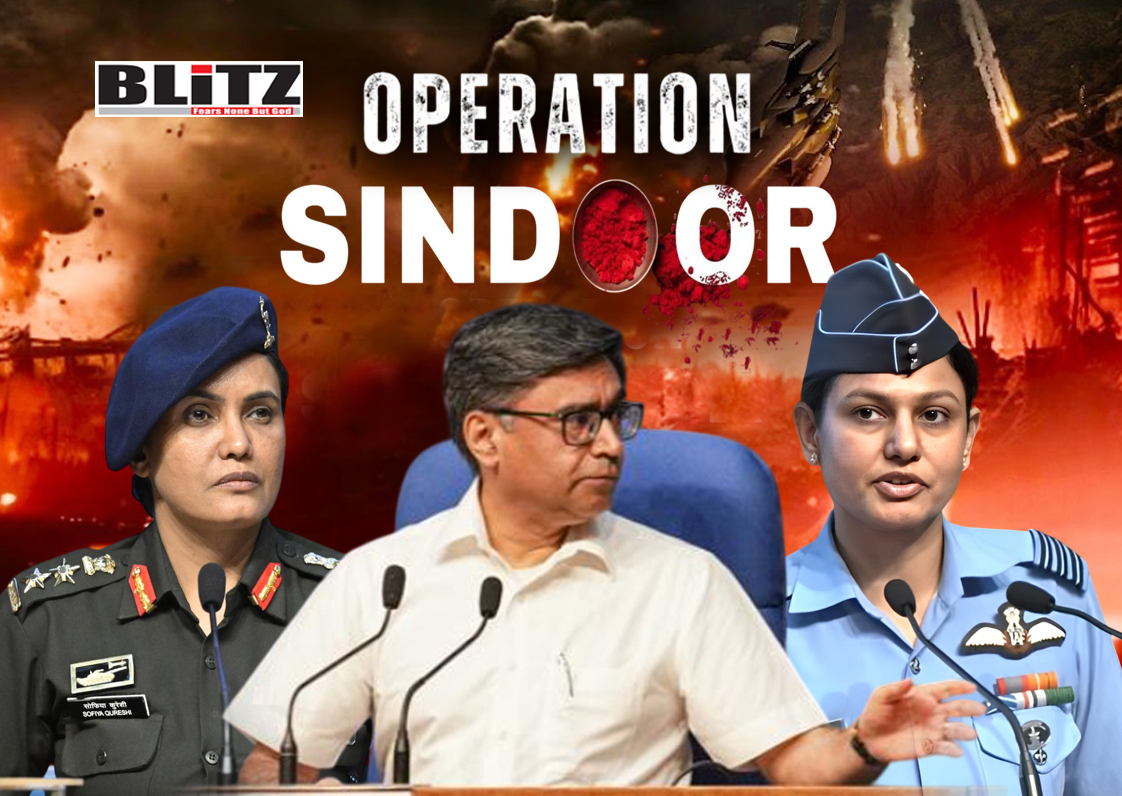


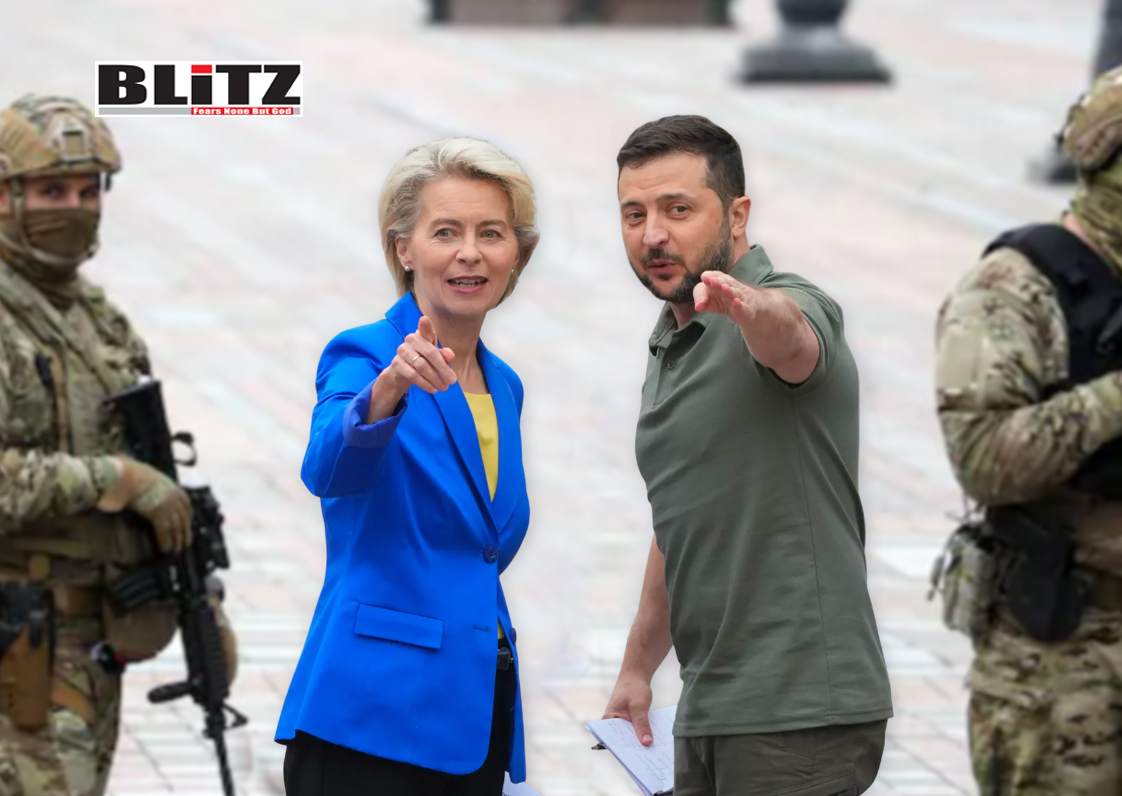
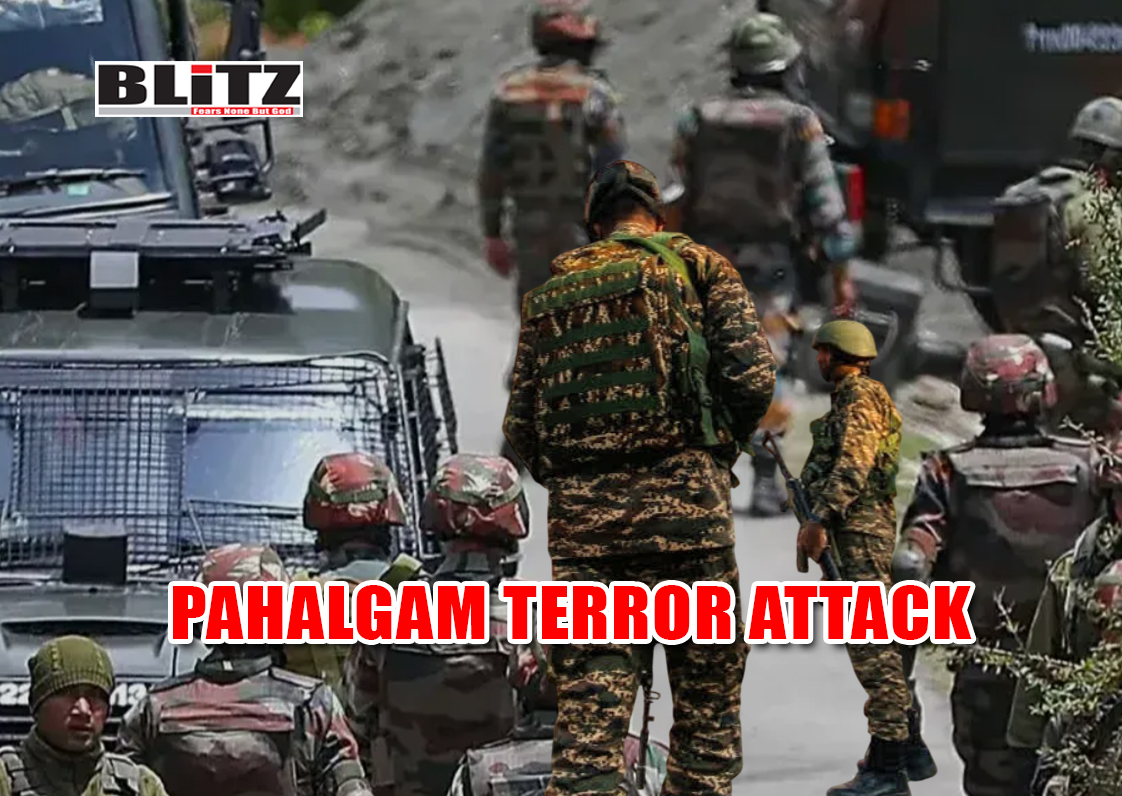
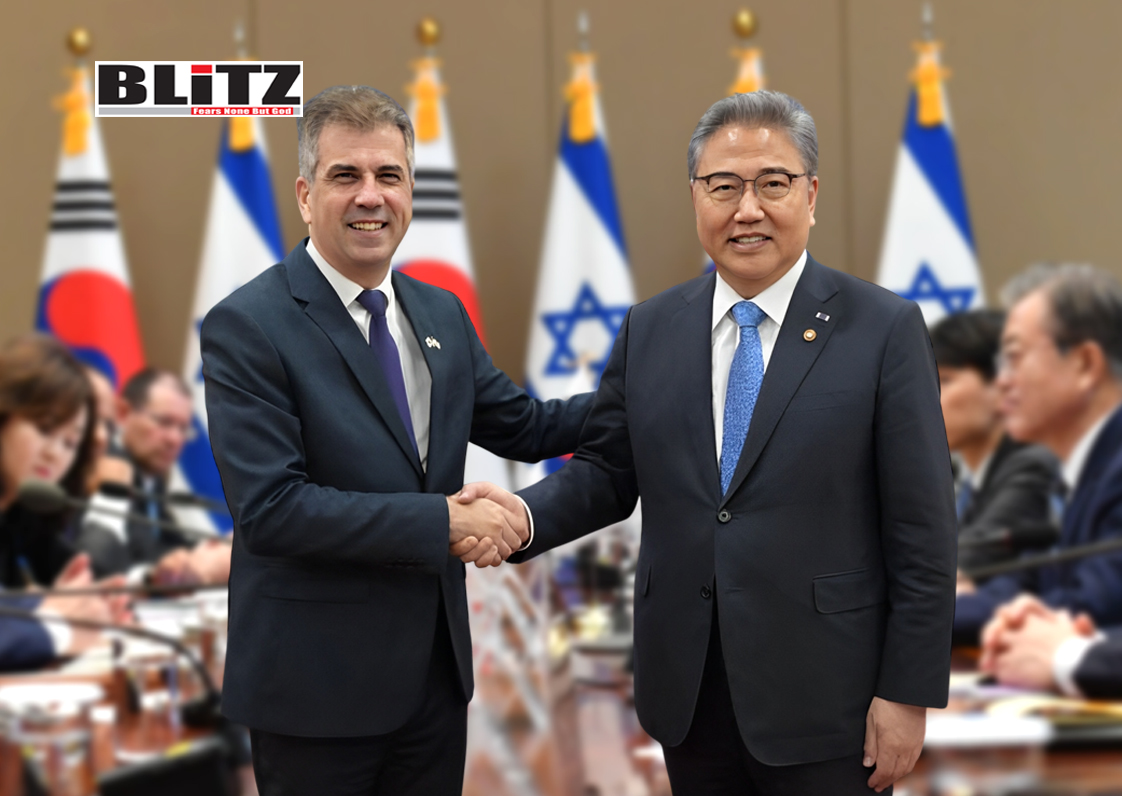
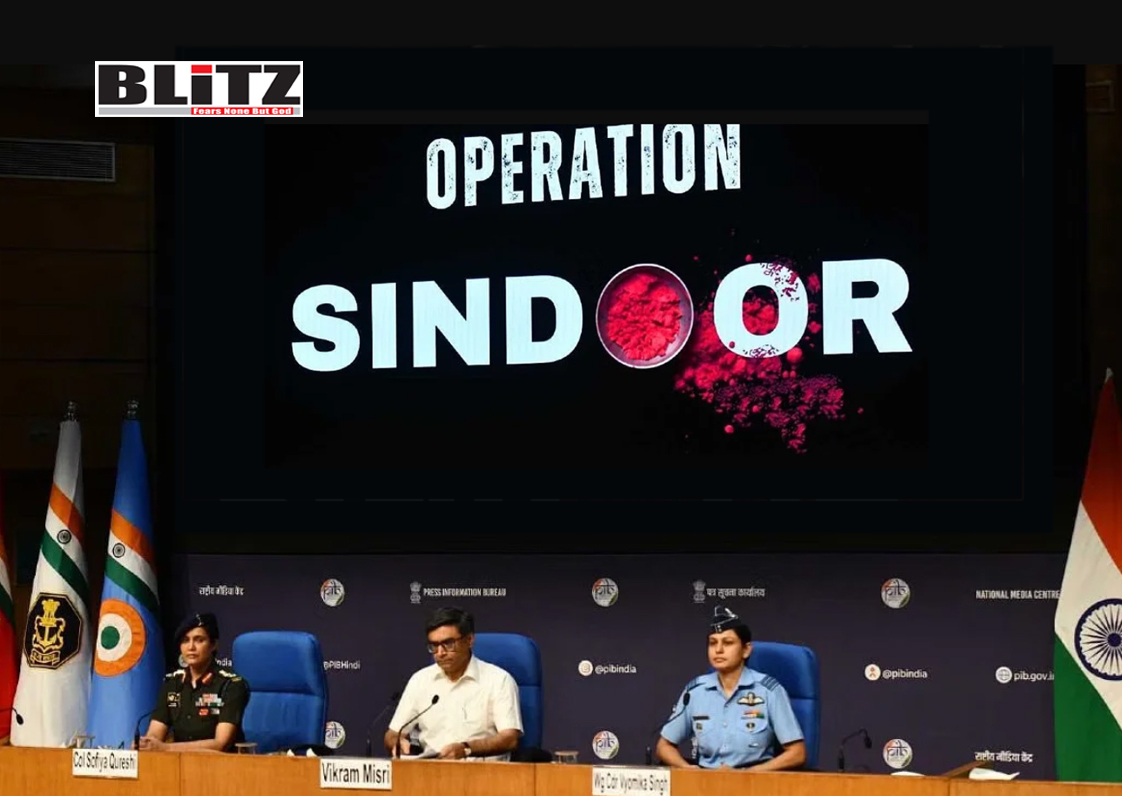

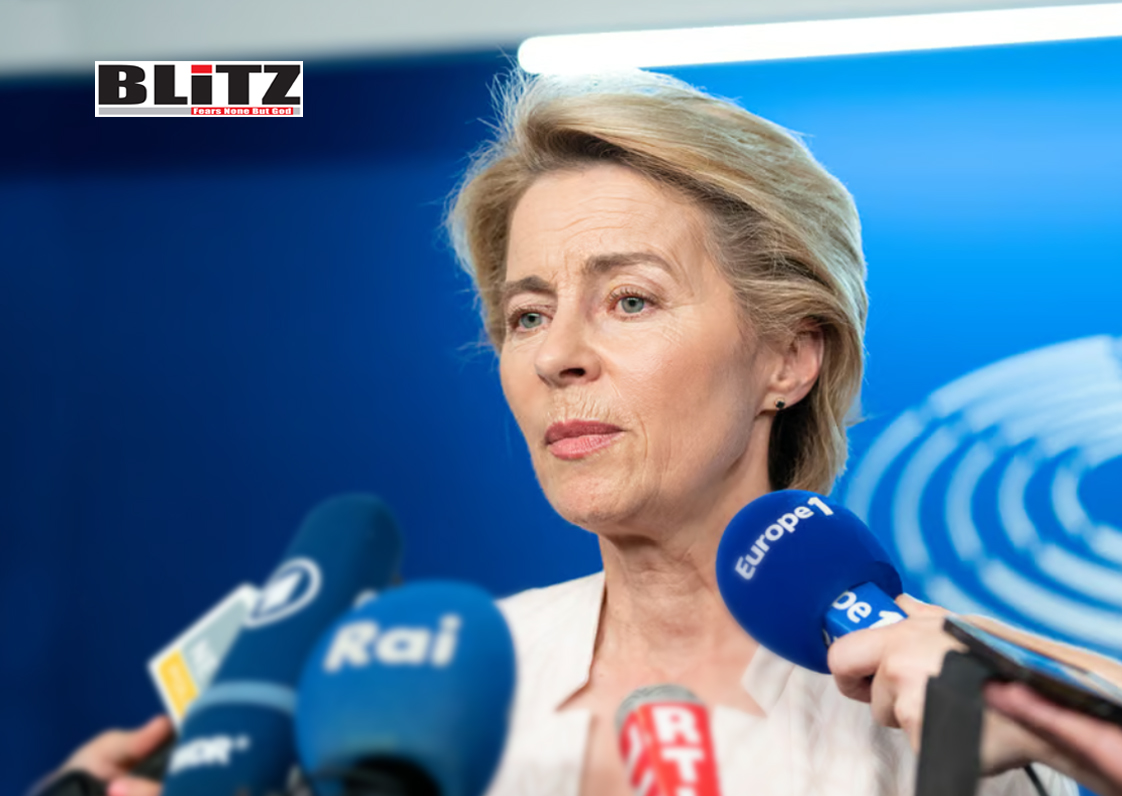
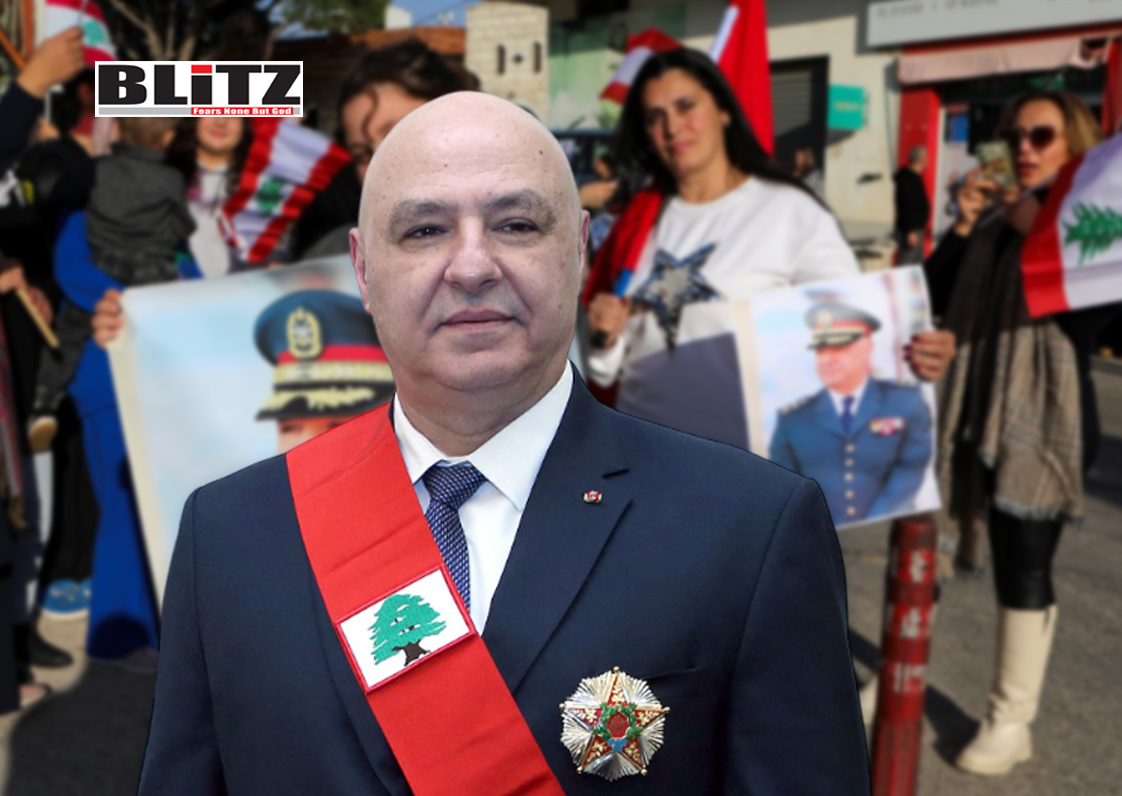
Leave a Reply